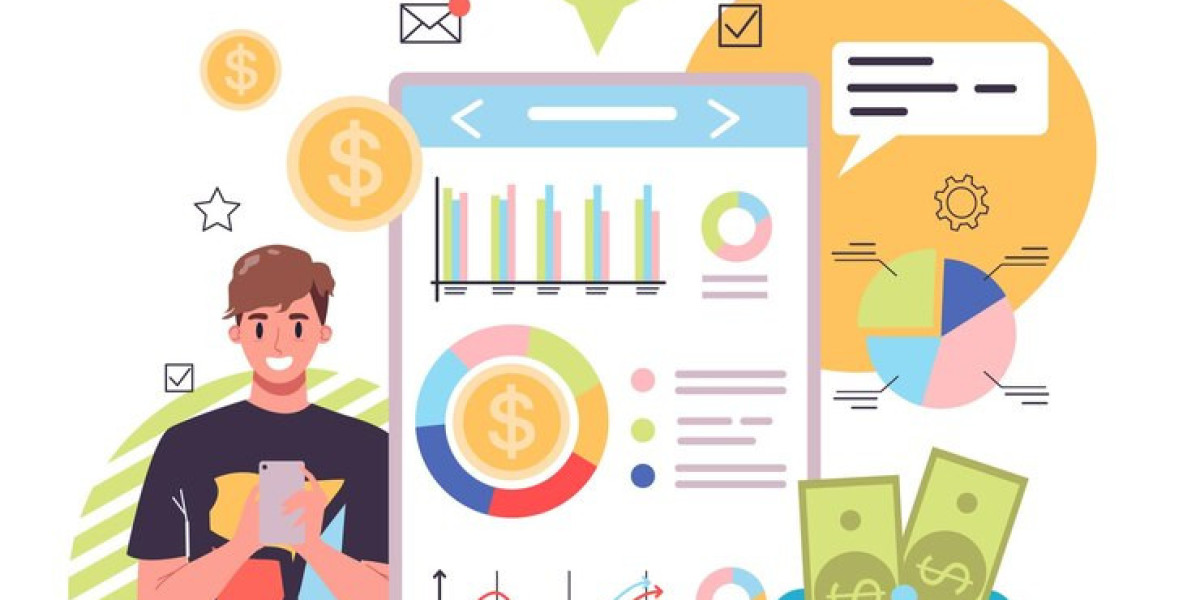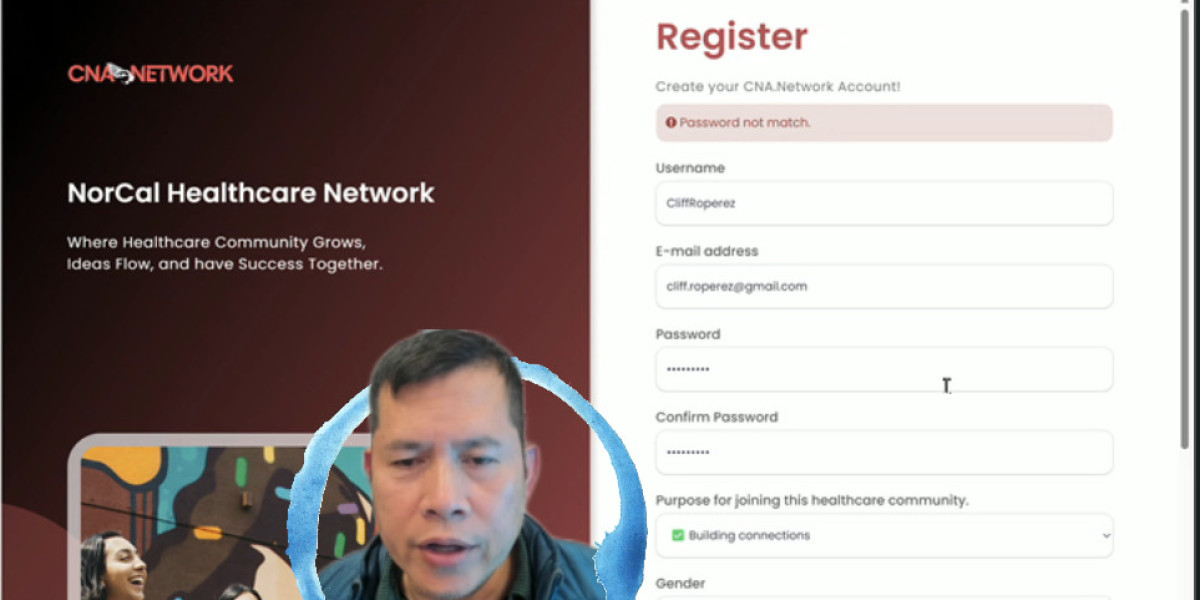In today’s digital-first world, mobile apps have become a crucial touchpoint for businesses looking to reach and engage their target audience. Whether you’re building the next breakout game, a productivity tool, or a social platform, having a strong monetization strategy is essential for sustainability and growth. At Pixel Genesys, a leading iOS app development company, we help clients not just build world-class apps but also generate steady revenue streams.
This blog explores proven mobile app monetization strategies, supported by real-world insights, trends, and best practices. Whether you’re an entrepreneur or representing a mobile app development company, these approaches will help you unlock the full earning potential of your mobile product.
Why Monetization Matters from Day One
Many developers focus purely on building features and fixing bugs in the early stages of app development. While product excellence is non-negotiable, thinking about monetization early on ensures that you integrate revenue-generating features seamlessly. Whether you hire an iOS app development company or an android app development company, having monetization aligned with user experience will make or break your long-term success.
1. Freemium Model: Offer Free with Optional Premium
The freemium model is one of the most successful strategies used across various app categories. In this model, users can access the basic version of the app for free and pay to unlock premium features, content, or capabilities.
Why it Works:
Encourages wide user adoption due to zero entry cost.
Converts a percentage of users into paying customers over time.
Ideal for productivity apps, fitness apps, music platforms, and more.
Pixel Genesys Tip:
When implementing freemium, ensure the free version provides enough value to hook users, while the premium features feel like a natural progression.
2. In-App Purchases: Selling Virtual Goods or Upgrades
In-app purchases (IAP) are most popular among gaming apps but can be applied in other industries too. These purchases can include virtual currency, extra lives, level unlocks, premium content, or even physical goods.
Why it Works:
Flexible and scalable.
Keeps users engaged by providing incentives.
Works well with gamified systems.
Real-Life Example:
Games like Clash of Clans and Candy Crush rake in millions through microtransactions. But even language learning apps like Duolingo offer IAP for extra features.
Pixel Genesys Advice:
As an android app development company, we recommend using Google Play’s flexible billing APIs for Android apps and integrating StoreKit for iOS for smooth transactions.
3. Subscription Model: Recurring Revenue Engine
Subscription-based models are increasingly dominating the app marketplace. Whether monthly, quarterly, or yearly, this model guarantees a recurring income stream as long as the content and value keep evolving.
Why it Works:
Generates predictable, long-term revenue.
Encourages continuous product improvement.
Builds brand loyalty through consistent value delivery.
Best Use Cases:
Streaming services (Netflix, Spotify)
Fitness and wellness apps (Calm, Headspace)
News and media (The New York Times app)
Pixel Genesys Insights:
As a top mobile app development company, we recommend integrating features like free trials, discounted annual plans, and push notifications to boost retention and reduce churn.
4. Advertising: Turn Engagement into Earnings
In-app advertising remains one of the simplest and most accessible methods of monetization. This model includes banners, interstitial ads, native ads, and rewarded video ads.
Why it Works:
Suitable for free apps with large user bases.
Provides a consistent revenue stream without charging users.
Ideal for entertainment and news apps.
Monetization Platforms:
Google AdMob
Facebook Audience Network
Unity Ads for gaming
Pixel Genesys Strategy:
Ensure that ads do not interrupt the user experience. Rewarded ads, where users voluntarily watch ads to earn in-app rewards, often perform best.
5. Affiliate Marketing and Lead Generation
Your app can generate revenue by promoting other businesses' products or services. If a user clicks an affiliate link or completes an action (like signing up or making a purchase), you earn a commission.
Why it Works:
Passive income potential.
No product inventory required.
Good for content-based apps like blogs, recipe apps, or personal finance tools.
Pixel Genesys Tactic:
Our iOS app development company team has helped clients implement affiliate marketing using platforms like Amazon Associates, CJ Affiliate, and ShareASale with deep linking.
6. E-commerce and Product Sales
Apps that sell physical or digital products directly—whether it's a full-fledged online store or just a side feature—can bring in substantial revenue.
Why it Works:
High revenue per transaction.
Direct-to-consumer (D2C) model ensures brand control.
Great for fashion, gadgets, and handmade goods.
Tech Stack:
Shopify SDK integration
Custom carts and checkout flows
Payment gateways like Stripe, PayPal, and Razorpay
Pixel Genesys Advice:
If you’re working with an android app development company, make sure your app supports secure transactions and complies with platform rules regarding digital goods.
7. Crowdfunding and Donations
Crowdfunding is becoming increasingly viable for creators, NGOs, and startups. Apps like Patreon, Kickstarter, and GoFundMe integrate monetization around user support.
Why it Works:
Ideal for creators or early-stage startups.
Builds a community of loyal supporters.
Great for niche projects with passionate audiences.
Pixel Genesys Insight:
We’ve helped apps incorporate donation buttons using Stripe and PayPal APIs, especially for non-profits and indie creators.
8. Licensing and White-Labeling
If your app solves a specific problem, you can license your technology or offer a white-labeled version to other businesses.
Why it Works:
High ROI for B2B products.
Creates multiple income streams without extra development.
Works well for SaaS platforms, analytics dashboards, and CRMs.
Pixel Genesys Pro Tip:
Use modular architecture so your app can easily be adapted for new clients with minimal code changes.
9. Hybrid Monetization Models
Combining multiple monetization strategies often leads to the most robust results. For example:
A fitness app could use subscriptions, ads, and merchandise sales.
A game might include freemium access, in-app purchases, and rewarded ads.
Why it Works:
Diversifies income sources.
Maximizes user lifetime value.
Adapts to different user preferences.
Pixel Genesys Suggestion:
Always A/B test new monetization strategies before rolling them out to the entire user base. Insights from one platform (iOS or Android) might not always apply to the other.
Choosing the Right Monetization Strategy
Every app is unique. Here’s how to choose the right approach:
| Factor | Ideal Monetization Model |
|---|---|
| Target Market | Ads, Freemium, Subscriptions |
| App Category | Gaming → IAP, Utility → Subscriptions |
| User Behavior | Rewarded ads for short attention spans |
| Platform (iOS vs Android) | iOS favors subscriptions, Android favors freemium |
| Brand Strategy | E-commerce, Affiliate, Licensing |
Pixel Genesys: Your Partner in App Monetization
At Pixel Genesys, we are not just coders—we are your strategic partner in building profitable digital products. As a leading iOS app development company, our expertise extends to Android development and custom backend systems that support all popular monetization methods.
Whether you’re looking to:
Launch a fitness app with monthly subscriptions,
Build a game with dynamic in-app purchases,
Create a content platform with affiliate links, we can help you craft, test, and scale the ideal monetization strategy.
Our Services Include:
Market analysis for monetization trends
Subscription & payment gateway integration
Custom in-app purchase flows
Ad network integration (AdMob, Unity Ads, etc.)
Performance optimization for maximum revenue
Future Trends in App Monetization
As the mobile landscape evolves, new strategies are emerging:
1. Blockchain and Crypto Payments
Apps are beginning to accept cryptocurrencies, offering new monetization methods for tech-savvy users.
2. AI-Powered Pricing Models
Dynamic pricing based on user behavior can maximize revenue.
3. AR/VR Monetization
Augmented and virtual reality experiences are opening doors for immersive ads and premium content unlocks.
4. Context-Aware Ads
Using device sensors and AI, ads are now more targeted and relevant than ever.
Pixel Genesys Future-Proofing:
We’re actively integrating AI-driven personalization and blockchain wallets into client apps to stay ahead of the curve.
Conclusion
Monetization is more than just a revenue stream—it's a reflection of how users value your app. By choosing the right strategies and continuously testing and iterating, you can create a sustainable business model that scales with your user base.
With Pixel Genesys, a trusted iOS app development company and end-to-end mobile app development company, you gain a team that understands both the tech and the business side of app success. Whether you’re launching an app on iOS or Android, or need guidance from an android app development company, we’re here to turn your vision into a monetized reality.
Ready to monetize your mobile app? Contact Pixel Genesys today for a personalized strategy session.







